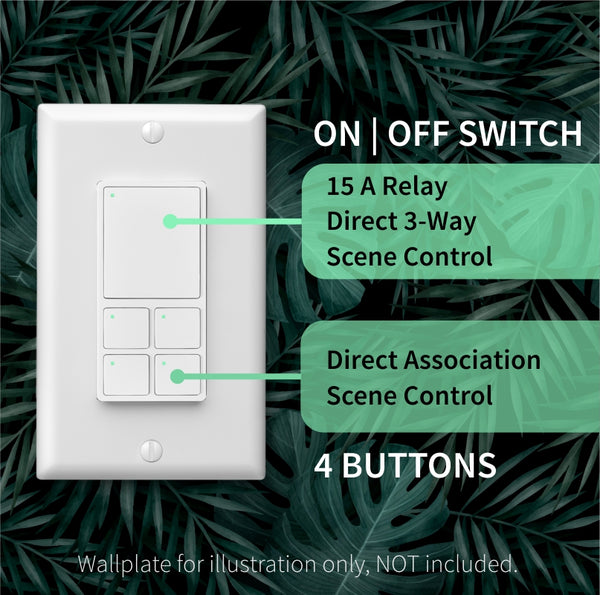

The open-source availability allows software developers to integrate Z-Wave into devices with fewer restrictions. The Z-Wave MAC/PHY is globally standardized by the International Telecommunication Union as ITU 9959 radio. In September 2016, certain parts of the Z-Wave technology were made publicly available, when then-owner Sigma Designs released a public version of Z-Wave's interoperability layer, with the software added to Z-Wave's open-source library. If they aren't within range, they can link with another node that is within range of both to access and exchange information. Nodes that are within range communicate directly with one another. Its wireless mesh networking technology enables any node to talk to adjacent nodes directly or indirectly, controlling any additional nodes. Z-Wave's interoperability at the application layer ensures that devices can share information and allows all Z-Wave hardware and software to work together. As of January 2022, there are over 3,500 Z-Wave certified interoperable products. By 2012, as smart home technology was becoming increasingly popular, there were approximately 600 products using Z-Wave technology available in the U.S. In 2005, there were six products on the market that used Z-Wave technology. On January 23, 2018, Sigma announced it planned to sell the Z-Wave technology and business assets to Silicon Labs for $240 million, and the sale was completed on April 18, 2018. As part of the changes, the trademark interests in Z-Wave were retained in the United States by Sigma Designs and acquired by a subsidiary of Aeotec Group in Europe. headquarters in Fremont, California were merged with Sigma's headquarters in Milpitas, California. Z-Wave was acquired by Sigma Designs in December 2008.

In 2008, Zensys received investments from Panasonic, Cisco Systems, Palamon Capital Partners and Sunstone Capital. In May 2006, Intel Capital announced that it was investing in Zensys, a few days after Intel joined the Z-Wave Alliance. In 2005, Bessemer Venture Partners led a $16 million third seed round for Zensys. They formed the Z-Wave Alliance, whose objective is to promote the use of Z-Wave technology, with all certified products by companies in the Alliance interoperable. The technology began to catch on in North America around 2005, when five companies, including Danfoss, Ingersoll-Rand and Leviton Manufacturing, adopted Z-Wave.
#Z wave shade control series
Z-Wave's 800 series chip was released in late 2021, with improved security and battery life over the 700 series. The Z-Wave Long Range (LR) specification was announced in September 2020, a new specification with up to four-times the wireless range of standard Z-Wave. It is designed for devices built on the 700 platform.
#Z wave shade control plus
In July 2019, the Z-Wave Plus v2 certification was announced. Its 700 series chip was released in 2019, with the ability to communicate up to 100 meters directly from point-to-point, or 800 meters across an entire Z-Wave network, an extended battery life of up to 10 years, and comes with S2 and SmartStart technology. Its 500 series chip, also known as Z-Wave Plus, was released in March 2013, with four times the memory, improved wireless range, improved battery life, an enhanced S2 security framework, and the SmartStart setup feature.

Its 100 series chip set was released in 2003, and its 200 series was released in May 2005, with the ZW0201 chip offering high performance at a low cost. That year, Zensys introduced a consumer light-control system, which evolved into Z-Wave as a proprietary system on a chip (SoC) home automation protocol on an unlicensed frequency band in the 900 MHz range. The Z-Wave protocol was developed by Zensys, a Danish company based in Copenhagen, in 1999.


 0 kommentar(er)
0 kommentar(er)
